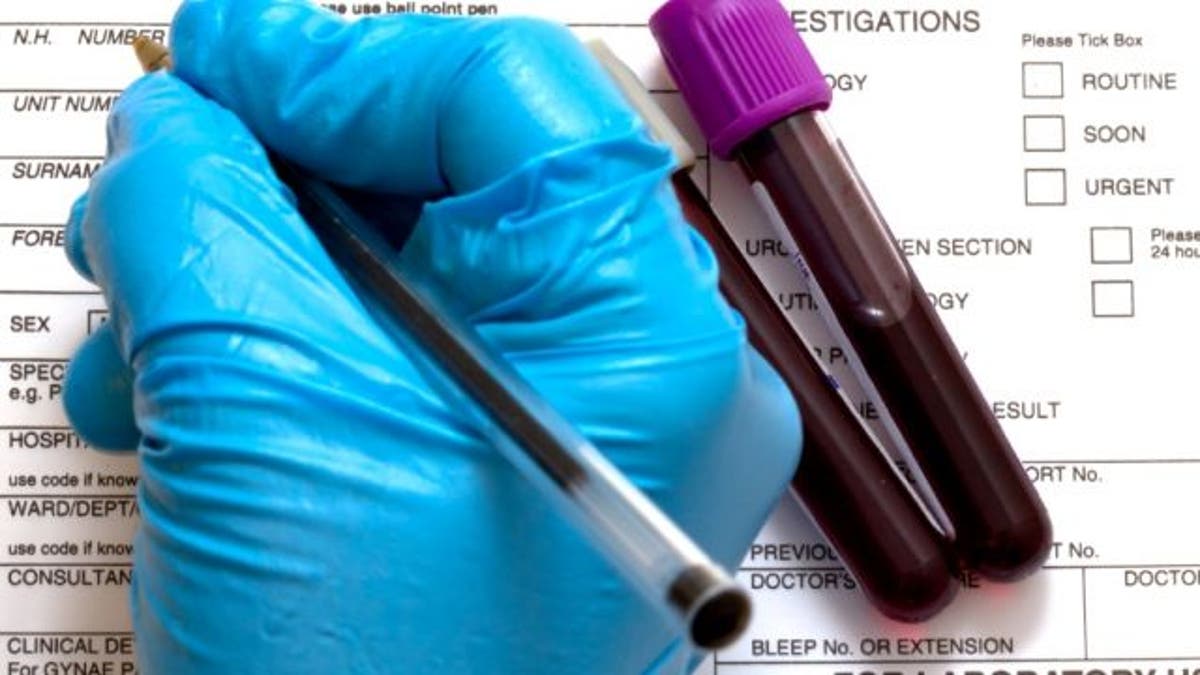
In 2014, the World Health Organization (WHO) issued a challenge to researchers— develop better diagnostic tests for active tuberculosis. Now, researchers at Stanford University School of Medicine are one step closer, having identified a distinguishing “signature” for the difficult-to-diagnose disease.
Existing diagnostic methods, such as the skin prick test, aren’t able to identify patients with active TB and those who are no longer sick, or have been vaccinated against TB. These older tests can also miss the diagnosis in patients with HIV.
Using sputum samples is a common way to test for disease-causing bacterium, but it can be difficult for patients to produce sputum on demand— especially if they’re starting to get better— or produce an adequate amount, making it difficult to diagnose.
The new test, detailed in a paper published February 19 in Lancet Respiratory Medicine, uses a blood sample. Stanford researchers identified three human genes whose expression changes in a consistent pattern, revealing the presence of an active TB infection, according to a news release. In a test of 1,400 human samples, researchers confirmed that the test accurately distinguished active TB, but could also be used to test patient improvement and response to treatment.
According to researchers, their test can be potentially given under relatively basic field conditions in rural and underdeveloped areas of the world— any hospital should be able to administer it.
According to WHO, an estimated 9.6 million people were sickened by the infectious bacterial disease and 1.5 million people died of the disease in 2014.
“One-third of the world’s population is currently infected with TB. Even if only 10 percent of them get active TB, that’s still 3 percent of the world’s population — 240 million people,” senior author Purvesh Khatri, PhD, an assistant professor of medicine, said in the news release.
Khatri is fundraising to develop the test for widespread use as both a diagnostic tool and to monitor recovery in clinical trials, which will allow for more rapid development of better and cheaper treatments.
